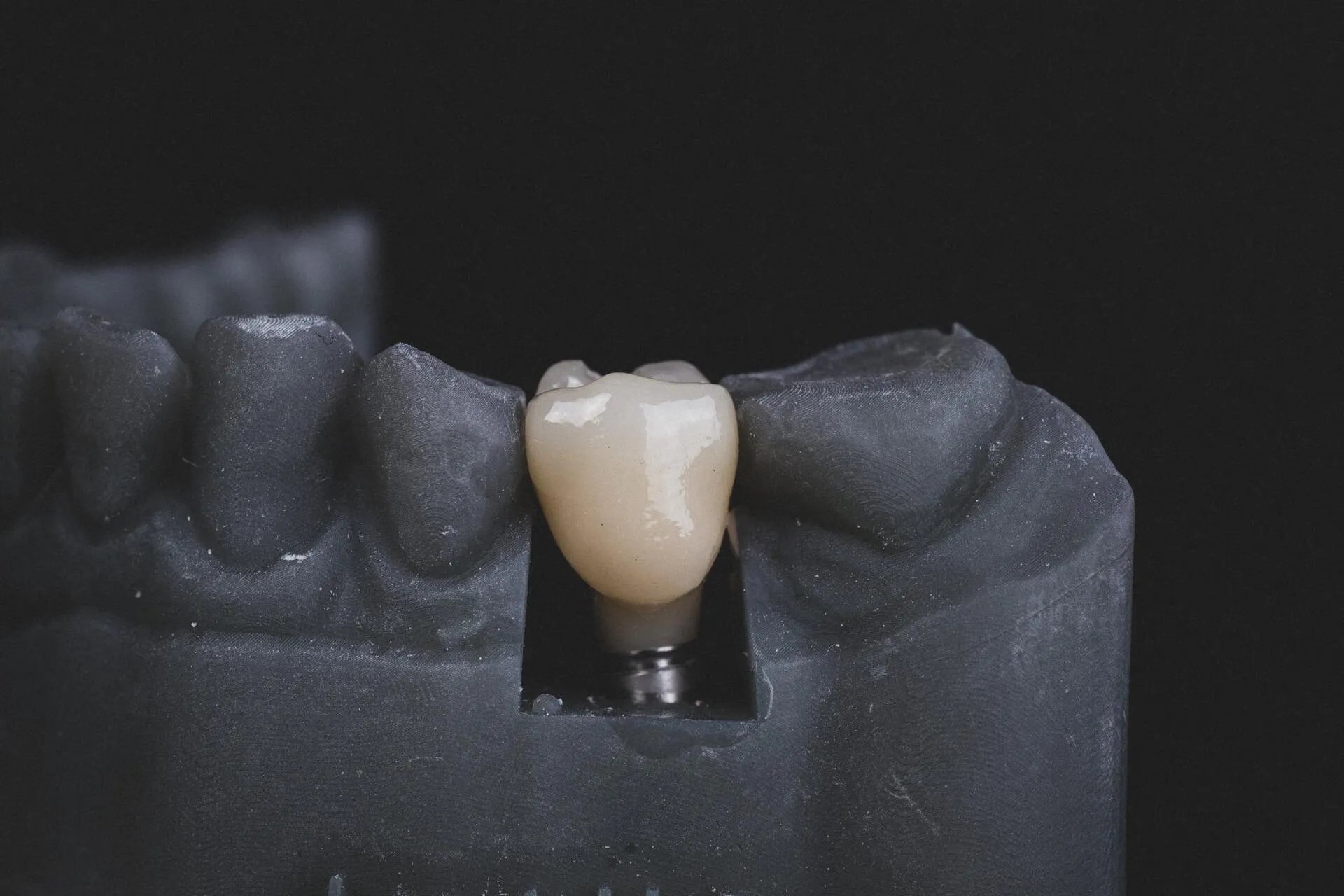The fastest and best way to replace a missing tooth is to increase it in 95-98% of cases. If for some reason the implant does not grow, it is possible to re-insert the implant in the same place where the wound heals.
There are many different implant systems (Straumann, MegaGen, Root) and it is important to ask the doctor who inserts the implant, the so-called dental implant passport with a fixed implant size, name (brand), date of insertion, because it is important information for the doctor and dental technician for the further production of the crown on the implant, and it is an essential condition for the longevity of the dental crown on the dental implant with the original parts of the corresponding implant. Good hygiene and regular check-ups at least once a year are important, as early detection of a problem can protect you from unwanted complications, so the implant will last longer.







Leave A Comment